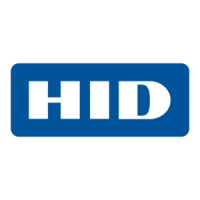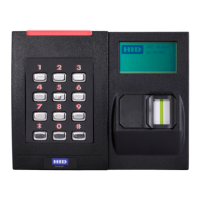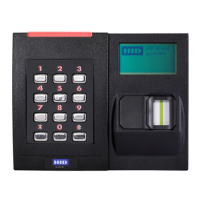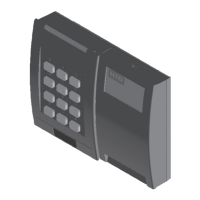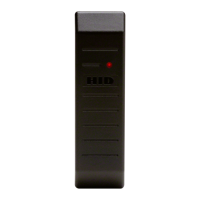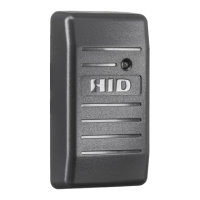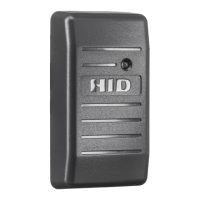iCLASS SE Reader Module Hardware Developer’s Guide, SE3200-902, Rev. C.1
February 2014 Page 50 of 52
• Obtain FCC Certification by submitting the final product to a
Telecommunications Certified Body (TCB) laboratory that performs the testing
and issue the FCC Grant. Standard: Part 15, Subpart C.
JQ6-SE3200
J6-SE3210
2236B-SE3200
2236BSE3210
• Often the same TCB tests to Canada requirements and grants certification as a
Certification Body (CB). Standard: RSS-210, RSS-GEN and RSS-310, where
applicable.
• The same laboratory may also be an EU Communications Assessment Body
(CAB) that is accredited to test to R&TTE Directive requirements for CE Marking.
Standards: EN 300 330, EN 301 489-3, EN 50130-4, and IEC60950.
• A laboratory that is a CAB testing to R&TTE Directive requirements will also be
testing to Australia and New Zealand requirements because of a common test
standard. Standard: AS/NZS 4268.
• Asian country certifications are obtained on an individual country basis.
OEM Final Product US Dept. of Commerce Bureau of Industry and Security (BIS)
approval is required for USA based companies who export and re-export products
using encryption.
Regulatory Compliance Assistance - HID Global provides technical assistance and
laboratory recommendations, as required.
CAUTION: Any changes or modifications to this devise not explicitly approved by
the manufacturer could void your authority to operate this equipment.
8.5 FCC
This device complies with part 15 of the FCC Rules. Operation is subject to the
following two conditions: (1) This device may not cause harmful interference, and (2)
this device must accept any interference received, including interference that may
cause undesired operation.
8.6 Canada Radio Certification
This device complies with Industry Canada license-exempt RSS standard(s). Operation
is subject to the following two conditions: (1) this device may not cause interference,
and (2) this device must accept any interference, including interference that may
cause undesired operation of the device.
Le présent appareil est conforme aux CNR d’Industrie Canada applicables aux
appareils radio exempts de licence. L’exploitation est autorisée aux deux conditions
suivantes: (1) l’appareil ne doit pas produire de brouillage, et (2) l’utilisateur de
l’appareil doit accepter tout brouillage radioélectrique subi, même si le brouillage est
susceptible d’en compromettre le fonctionnement.
.
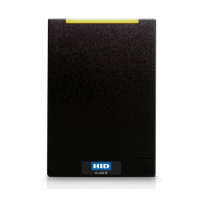
